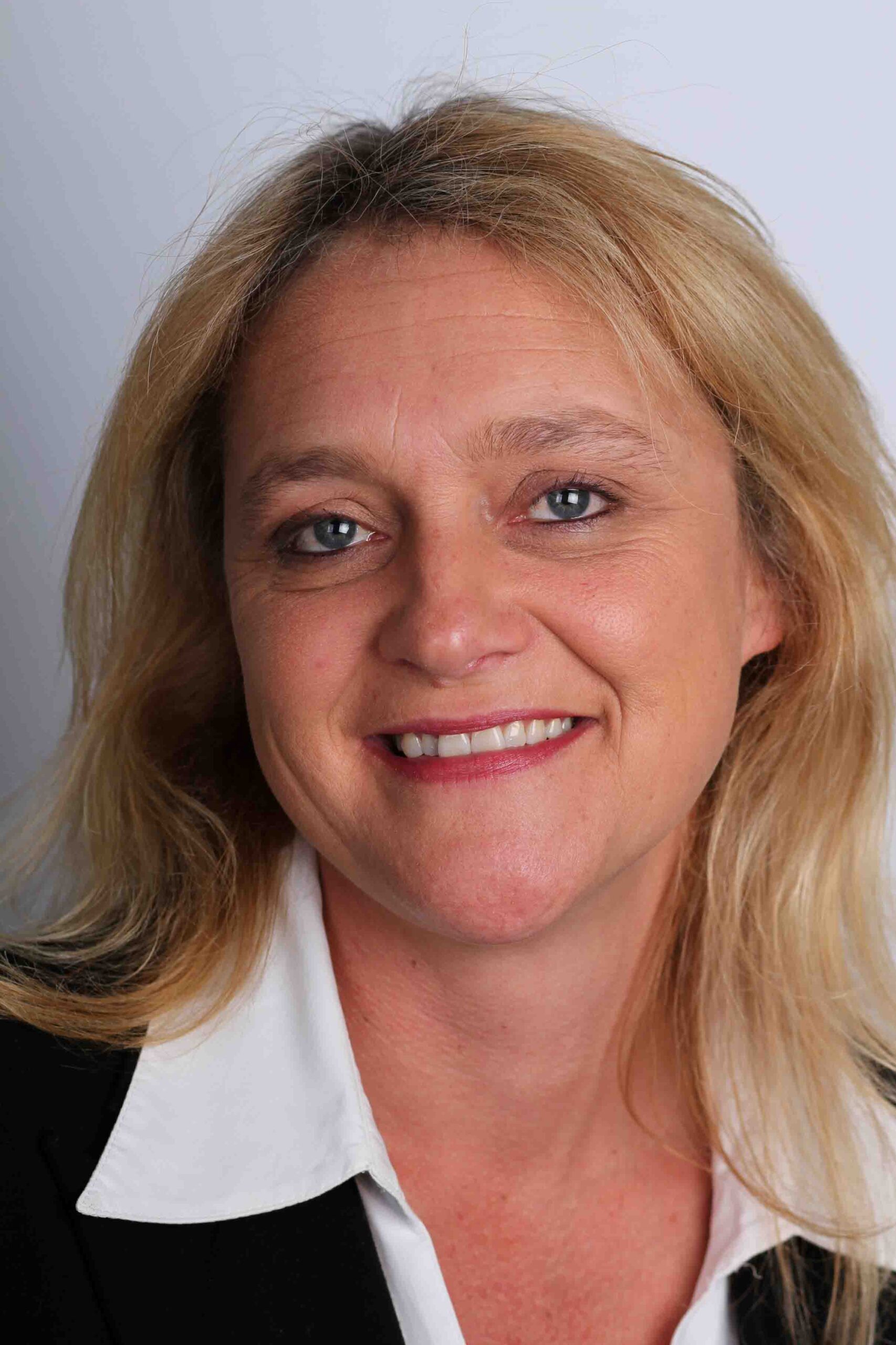By Rachel Janssens, principal consultant at Alexander Forbes Health
Bridges the gap between hospital rates and provider fees
Gap cover is a short-term insurance product. It covers financial shortfalls during hospital stays when healthcare professionals charge more than the medical scheme rate.
Even those on higher medical aid plans may still experience gaps between their medical aid scheme reimbursement rate and what the service providers charge. These tariff gaps are when the benefit of gap cover kicks in. Even on a good medical aid plan, this shortfall could still be thousands of rands.
Being covered by your medical aid at 100% of the medical scheme rate does not mean you are covered in full. Medical practitioner fees are unregulated and they may charge more for their services than the rate at which your medical scheme covers. Medical scheme members therefore often experience shortfalls when a surgeon, anaesthetist or other service provider charges above the medical scheme rate.
The shortfall or “gap” is the actual cost charged by the provider, which exceeds the medical scheme tariff.

Can cover co-payments
Certain procedures such as radiology scans and oncology claims attract:
- co-payments which are fees not covered by a medical aid, or
- upfront payments to providers
Can offer additional benefits for cancer procedures
Additional once-off benefits may also apply in a first-time cancer diagnosis, accidental death or accidental permanent or total disability.
Can also cover certain casualty costs

If you are not hospitalised after you visit casualty, you usually have to fund the expenses from your own pocket. Certain gap products provide an additional casualty benefit which will help you fund these expenses.
Gives peace of mind
By insuring yourself and your family against unforeseen medical expenses, you will have peace of mind. If you or your family are ever hospitalised and a provider is charging more than your medical scheme rate, your gap cover will fund the shortfall and you will not be burdened with large out-of-pocket expenses.
Can serve as a bridge in cover if you downgrade your medical aid option to a more affordable, less comprehensive option
During times of financial strain, members often consider downgrading their medical plan to a more affordable, less comprehensive option. For example, to reduce your medical scheme contribution you could downgrade from an option that covers you at 300% of medical scheme rates in hospital to a plan that covers you at 100% of medical scheme rates for a reduced premium. In these situations, it may be worth considering purchasing gap cover as a top-up to your new option, which, when combined, may still offer a lower premium than your original option and not necessarily compromise on your hospitalization cover. However, it is important to seek advice from your financial adviser before making this decision to ensure that any impact of such a move is fully understood.
Not all benefits are equal
It is important to review the various gap products available, as not all benefits are equal. Make sure you know what rate your gap cover provider will cover you up to – some products will cover you up to five times the medical scheme rate, some only two times.
Gap cover premiums are not expensive
They come with extensive benefits for the whole family. Speak to your healthcare adviser if you are thinking of adding gap cover insurance to your portfolio.

